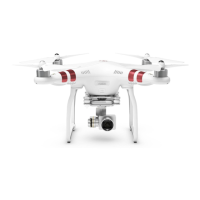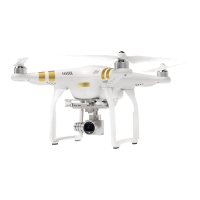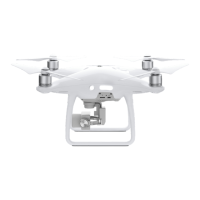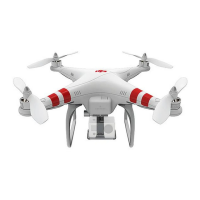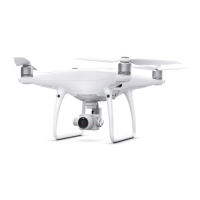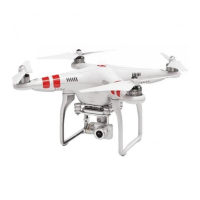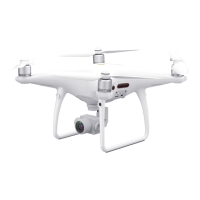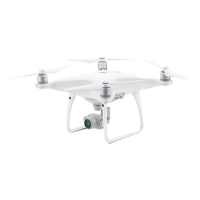with a sticker on the bottom of the gimbal. The Pilot-In-Command is responsible for ensuring that the
aircraft does not operate in excess of the stated maximum take-off mass.
31. Pre-Flight and Post-Flight Checks
The Leicester Drones Pilot-In-Command on the day must complete the following checklists as required:
The Embarkation Checklist must be completed before the equipment is loaded and brought to site, ideally
twenty four hours in advance.
The Arrival Checklist must be completed as soon as the Pilot-In-Command reaches the intended flight
operation location.
The Pre-flight Checklist must be completed immediately prior to any flight operation.
The Post-flight Checklist must be completed immediately after landing.
All Checklists can be found in Appendix D. If any fault or problem is found which cannot be remedied, then
the intended flight operations must be postponed until a solution is found. All findings must be documented
in the relevant logbook. Any interrupted checklist procedure must be restarted from the beginning.
32. Flight Procedures
The following procedures are basic guidelines for Leicester Drones flight crew. As far as practically possible
these procedures must be complied with. The Leicester Drones Pilot-In-Command on the day is responsible
for supervising the operation whilst the aircraft is in flight.
32.1. Start-up Procedure
The following procedure is to be completed by the Pilot-In-Command
Check Flight Battery Pack Level by pressing the button on the intelligent flight battery and making
sure at least four lights are illuminated;
Record Battery Pack identification code and power level details in the Battery Logbook;
Fit the Flight Battery to the aircraft and place the aircraft on the calibration platform facing into
wind;
Ensure all switches on the Aircraft Control Transmitter are set correctly;
Switch on the Aircraft Control Transmitter and ensure battery level is over 80%;
Call “Clear Props” and connect the flight battery pack ;
Let the aircraft run the system diagnostics program;
Test camera gimbal operation and move to take-off position (camera lens parallel with ground level);
Switch on Ground Station and load software;
Monitor satellite capture on screen until at least 6 satellites are captured;
Confirm GPS / GNSS position fix;
Load waypoint flight plan if required.
32.2. Take-off Procedure
The following procedure is to be completed by the Pilot-In-Command
Make a 360° visual sweep of the area (Pay particular attention to airspace and public
encroachments)
Confirm with the Observer that it is clear to take off
Check and note the time
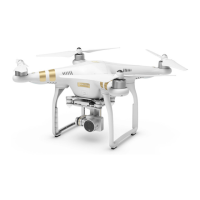
